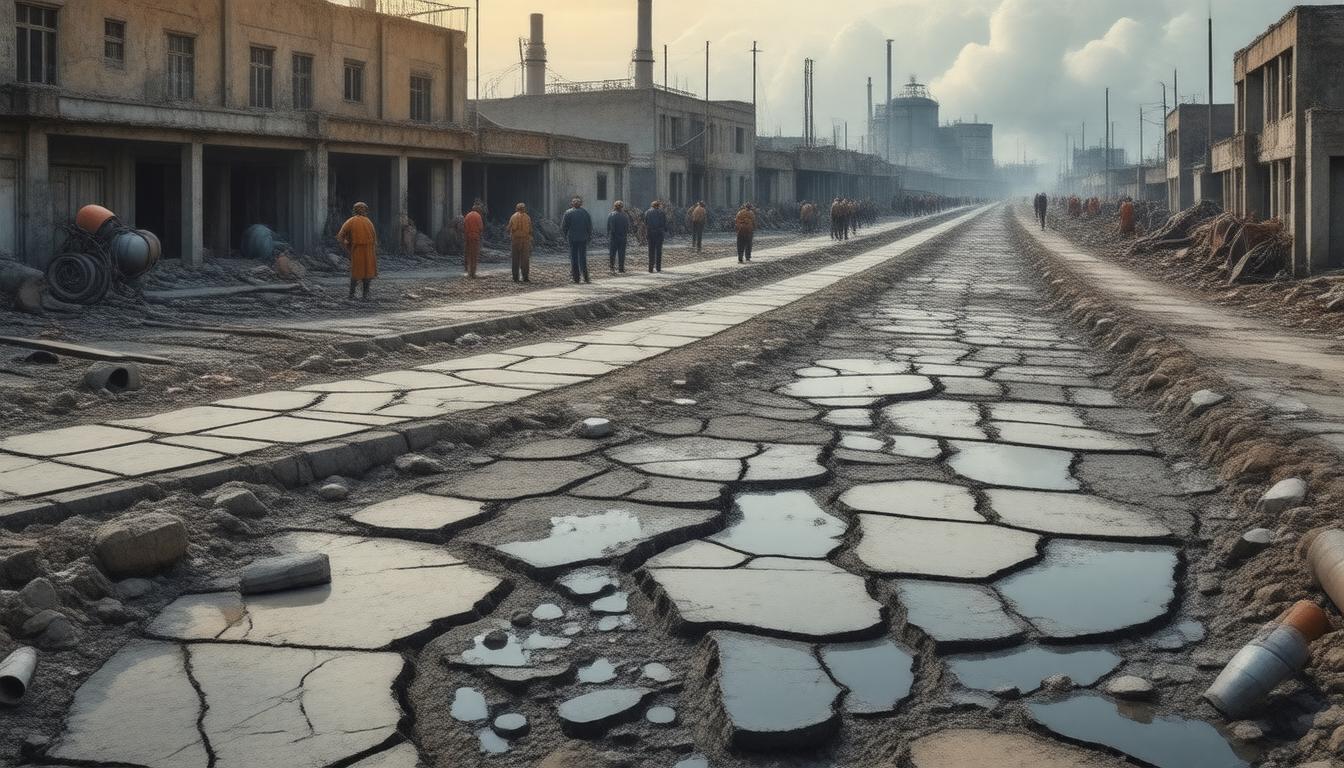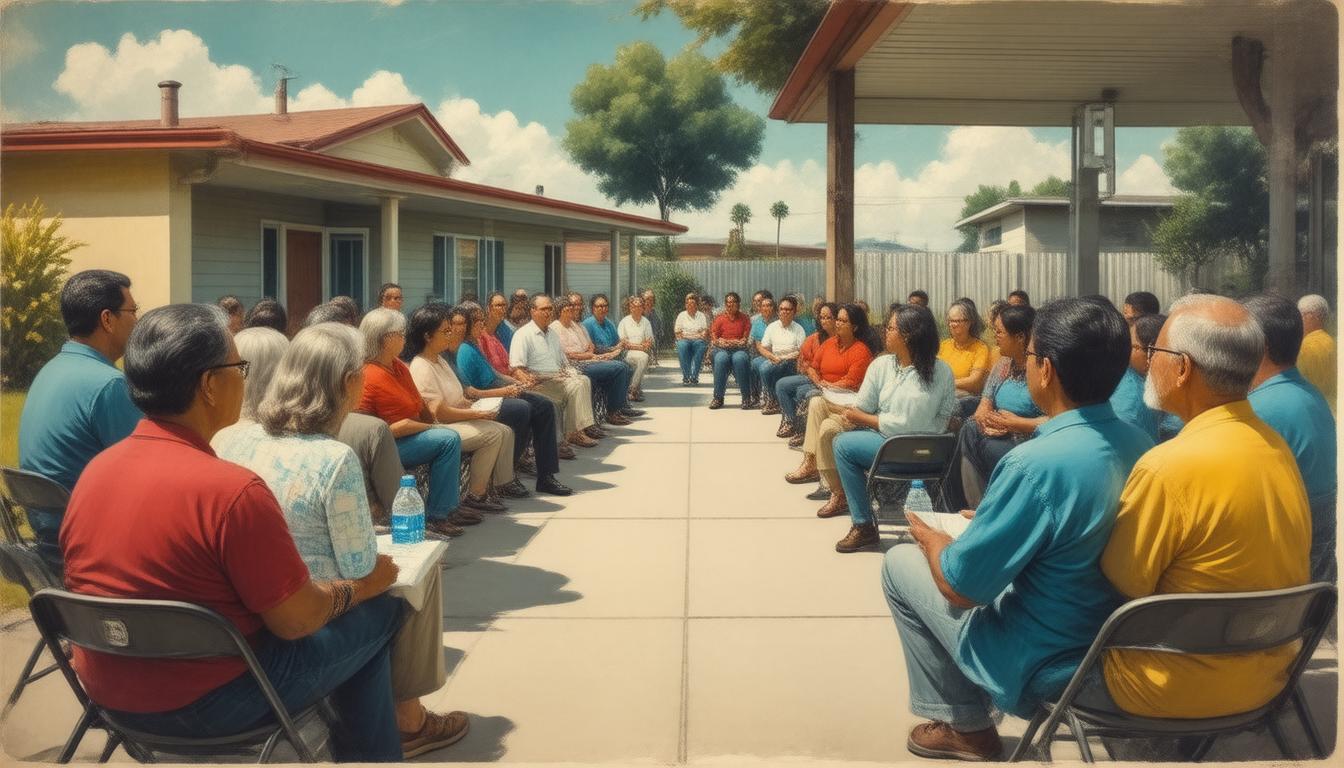

Accessing Sewer Permits: A Comparison of New York City and Los Angeles
Obtaining sewer permits is a crucial step for many construction and renovation projects in major cities. In both New York City and Los Angeles, the process has been streamlined through online platforms, making it more accessible for contractors and property owners. This article will explore the methods of accessing sewer permits in these two metropolises, highlighting the similarities and differences in their approaches.
New York City’s Sewer Permit Process
In New York City, the Department of Environmental Protection (DEP) oversees the issuance of sewer permits. The city has implemented an online system called the Permit and Review Information System (PARIS), which allows applicants to file for sewer service permits electronically. This digital approach not only simplifies the application process but also reduces the time and effort required to obtain the necessary documentation.
An important aspect of New York’s sewer management system is its commitment to transparency and public safety. Municipalities within the state are required to report sewage spills to the public within four hours of discovery. These reports are made available through the NY-Alert system, allowing residents to stay informed about potential environmental hazards. Additionally, historical sewage discharge data can be accessed and viewed in Excel spreadsheet format, providing valuable information for researchers, environmentalists, and concerned citizens.
Los Angeles’ Approach to Sewer Permits
In Los Angeles, the Bureau of Engineering is responsible for managing sewer permits. The city offers an online Sewer S Permit Application system for both sewer and storm drain permits. This digital platform streamlines the application process, making it more efficient for applicants to submit their requests and track their progress.
While the specifics of Los Angeles’ reporting requirements for sewage spills are not outlined in the provided information, it’s clear that both New York City and Los Angeles have embraced digital solutions to improve the accessibility and efficiency of their sewer permit processes. This modernization of municipal services reflects a broader trend towards e-governance and improved public service delivery in major urban centers.
The Importance of Public Engagement and Compliance
While the focus of this article has been on New York City and Los Angeles, it’s worth noting that other states and municipalities have their own specific requirements for sewer permits and related processes. For instance, in Missouri, permit applications and renewals are made available for public review and comment for 30 days before being issued. This practice promotes transparency and allows community members to voice their concerns or support for proposed projects.
Furthermore, cities receiving American Rescue Plan Act (ARPA) funds face additional reporting requirements and deadlines for submitting funding reports. These requirements vary based on the type and size of the municipality, underscoring the importance of staying informed about local regulations and federal guidelines. As cities continue to upgrade their infrastructure and improve their environmental management practices, the role of public engagement and regulatory compliance will remain crucial in ensuring the effective and responsible development of urban sewer systems.







